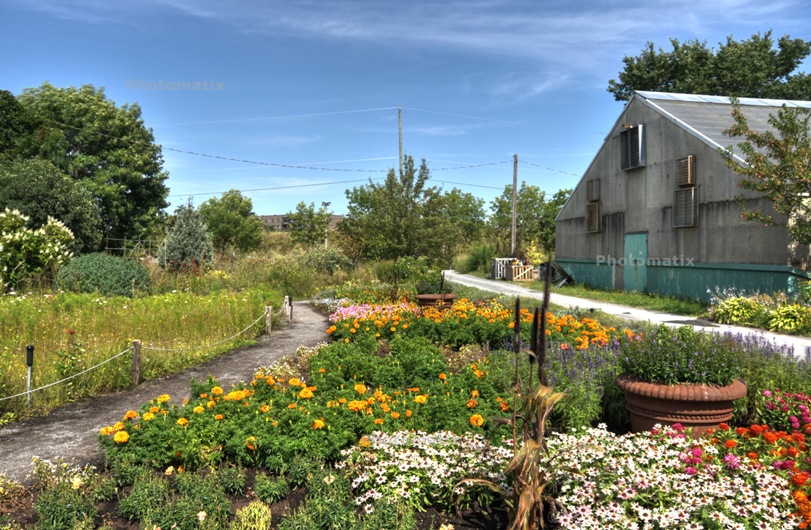Every winter millions of people suffer from low spirits or “the winter blues.” The winter blues are also known as Seasonal Affective Disorder (SAD), and is quite common all across the U.S., with people in the northern states suffering more than in the south.

Symptoms
The symptoms of Seasonal Affective Disorder are similar to other types of depression. It is characterized by episodes of depression at the same time each year (traditionally very late or very early in the year). While symptoms vary from person to person, some common symptoms include:
• Oversleeping
• Difficulty waking up in the morning
• Overeating
• Weight gain
• Morning sickness
• Lack of energy
• Decreased libido
• Loss of pleasure
• Difficulty focusing
• Withdrawal from social obligations
• Hopelessness
• Anxiety and stress
Causes
The main cause of SAD is the limited exposure to natural sunlight. In the winter months, people have to deal with shorter daylight hours and increased cloud coverage. It is believed that light stimulates the hypothalamus, which releases important chemicals into the body including melatonin and serotonin. These chemicals help to regulate your mood, sleep patterns and appetite.
Melatonin: Melatonin is the hormone that is responsible for our sleep patterns. Melatonin is produced by the pineal gland, which is a small gland inside the brain. This gland produces melatonin when it is dark outside, causing you to feel tired. When light hits your retina, the brain signals to the gland to produce less melatonin. However, with people who suffer from SAD, their levels of melatonin are higher than normal, making them feel sleepy throughout the day.
Serotonin: Serotonin is responsible for your mood, sleep and appetite. Sunlight affects the production of serotonin, so lack of light correlates to lower levels of the chemical, which can cause low moods and other symptoms of SAD.
Circadian rhythm: Lack of sunlight can also disrupt your circadian rhythm, which is the body’s internal clock. The lack of daylight hours can cause your sleeping patterns to become disrupted, setting your circadian rhythms out of order. This can cause feelings of sadness, lack of energy and depression.
Treatment
One really effective treatment for the winter blues is blue light therapy. Because SAD is linked to the lack of sunshine, patients often find relief from symptoms by using a light box. The light boxes are different to standard house lamps; they are incredibly bright (around 10,000 lux) and use full spectrum bulbs. Although they are much brighter than typical bulbs and are similar to natural daylight, they do not harm your eyes or skin the way UV light does.
Using light therapy
To use a blue light box, make sure you buy a lamp that has received good reviews and has enough lux to treat SAD. Most people start out by using the light for 30 minutes each morning, which can gradually be increased to an hour or two each day. For maximum effect, make sure you place the light close to you – such as on your desk – and use the light at the same time every day. If you know you start to suffer during a certain month, it’s a good idea to start using the light a few weeks beforehand in order to prevent any symptoms from forming.
Other treatment
In addition to using blue light therapy, there are other preventative measures you can take to ensure you won’t get the winter blues. One important thing to do is keep up a regular exercise regime, and exercise outdoors as much as possible. It is also important to eat a balanced diet, drink plenty of water and stick to a regular sleep routine by going to bed and waking up at the same time everyday. If you still find you are suffering from the winter blues despite using light therapy, it’s a good idea to see

